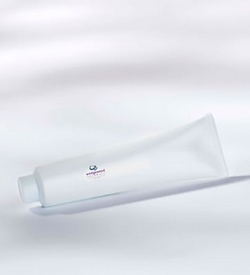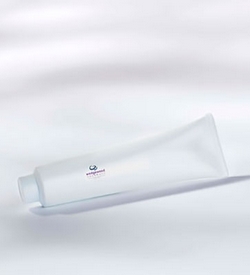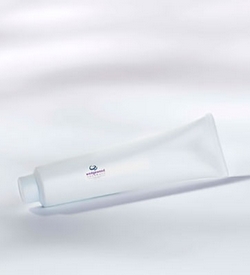Providing Quality & Trust
Tacrolimus Ointment
Wedgewood Pharmacy
Starting at $122.00
$122.00 Each
Detailed Description
TACROLIMUS: OINTMENT

Prescribed For: Dogs
May be Prescribed For: Immune Mediated Disease
Tacrolimus may be prescribed for
- Immune Mediated Disease
One of the dosage forms available for Tacrolimus is Ointment. Wedgewood Pharmacy compounds more than 100 preparations in ointments.
6 strengths of Tacrolimus Ointment are available, ranging from 0.01 % to 0.3 %.
Basic Information
Tacrolimus is one of a group of relatively new drugs used to treat dry eye in dogs and cats. The veterinary term for dry eye is keratoconjunctivitis sicca or KCS. Tacrolimus is a calcineuron inhibitor that also can be used to treat dermatologic problems such as Superficial Keratitis, Miliary Dermatitis, and Atopic Dermatitis.
Tacrolimus also can be a suitable therapy for cats. In some cases, the veterinary drug is administered to prevent organ rejection following transplant surgery.
Cyclosporine and tacrolimus are the two drugs used to stimulate tear production. Cyclosporine has been the standard drug for years, although topical ophthalmic tacrolimus can be more effective and, as a result, may be appropriate for animals who do not respond to cyclosporine. Animals with dry eye will need to receive treatment for the rest of their lives.
Veterinary Medicine Uses for Tacrolimus
KCS or dry eye is an inflammatory condition. The disease is most common in dogs. It decreases the production of tears, which eventually can lead to blindness. In some cases, KCS can be the outcome of an immune-mediated condition.
Tacrolimus is an anti-inflammatory and immunosuppressive drug, often prescribed in veterinary medicine to treat KCS. The ophthalmic drops work to stimulate the tear glands and prevent further destruction of tissue. Some animals with KCS resulting from abnormal activity of the immune system may need to undergo Tacrolimus therapy throughout life.
Tacrolimus also can be prescribed in veterinary medicine as a topical cream or ointment to treat a variety of dermatologic conditions.
Potential Side-Effects of Tacrolimus
Tacrolimus is generally recommended only for topical use. Both the eye drops and topical ointment have been among the most well-received veterinary drugs.
Side effects are rare but include slight irritation of the eyes. Extreme reactions can be the result of an allergic response to the drug. Signs of an allergic reaction include vomiting, seizures, hives, and swelling around the face.
Be sure to discuss any side effects with your veterinarian immediately.
Precautions for Using Tacrolimus
Keep this and all drugs out of reach of children. Tacrolimus is a prescription drug and should be used according to your veterinarian's directions. It should be given only to the animal for which it was prescribed. Do not give this medication to a person.
Different strengths or dosage forms of tacrolimus can have different storage requirements. Read the labeling or ask your pharmacist for the storage requirements of the prescription you receive.
Dosage and Administration of Tacrolimus
Your veterinarian will prescribe the dose and give you directions for administering Tacrolimus. To achieve the best possible results from treatment with veterinary drugs, it's important to carefully follow the corresponding instructions. If you miss giving your pet a dose of tacrolimus, give the next dose as soon as you remember or, if it is close to the next scheduled dose, return to the regular schedule. Do not double dose to catch up.
Administering eye medications to animals can be a struggle and can require patience and practice. Try not to touch the tube or container tip to your dog's eye or eyelid. It is also important not to contaminate the medication by touching the tip with your fingers or hand. Your veterinarian can help you develop a technique that will be effective and minimally stressful to both you and your dog.
If you are giving your dog more than one eye medication (such as artificial tears and tacrolimus), try to allow at least five minutes between medications.
Wash your hands after giving your pet this medication.
If you suspect your pet or another animal was overdosed accidentally or has eaten this medication inadvertently, contact your veterinarian or the A.S.P.C.A.'s Animal Poison Control Center at 888.426.4435. Always bring the prescription container with you when you take your pet for treatment.
If you or someone else has accidentally ingested this medication call the National Capital Poison Center at 800.222.1222.
Powered by nopCommerce
This site is running in live payment mode. Real payments will be processed.

